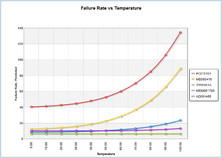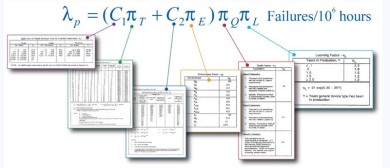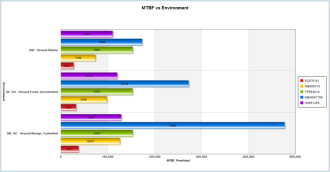Reliability Prediction Models
Note: This is the first part of a three-part article. It identifies the major factors in reliability prediction models that contribute to predicting component failure. Part 2 will explore the various reliability prediction standards that are available, including MIL-HDBK-217, Telcordia, 217Plus, PRISM, IEC62380 and FIDES, among others. Part 3 will provide guidelines for making a sound judgment when deciding which standard to apply to a particular analysis.



